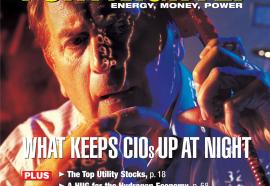The Top Utility Stocks: New Challenges Ahead
Utilities showed strong gains last year, but other industries are gaining ground.
The Dow Jones Utilities Index posted another year of solid gains in 2006. As might be expected, in connection with both the near-term and longer-term historical investor performance of the utility sector, there’s a story within the story. Further, this performance history provides a context against which the impact of both current and emerging issues can be assessed.






